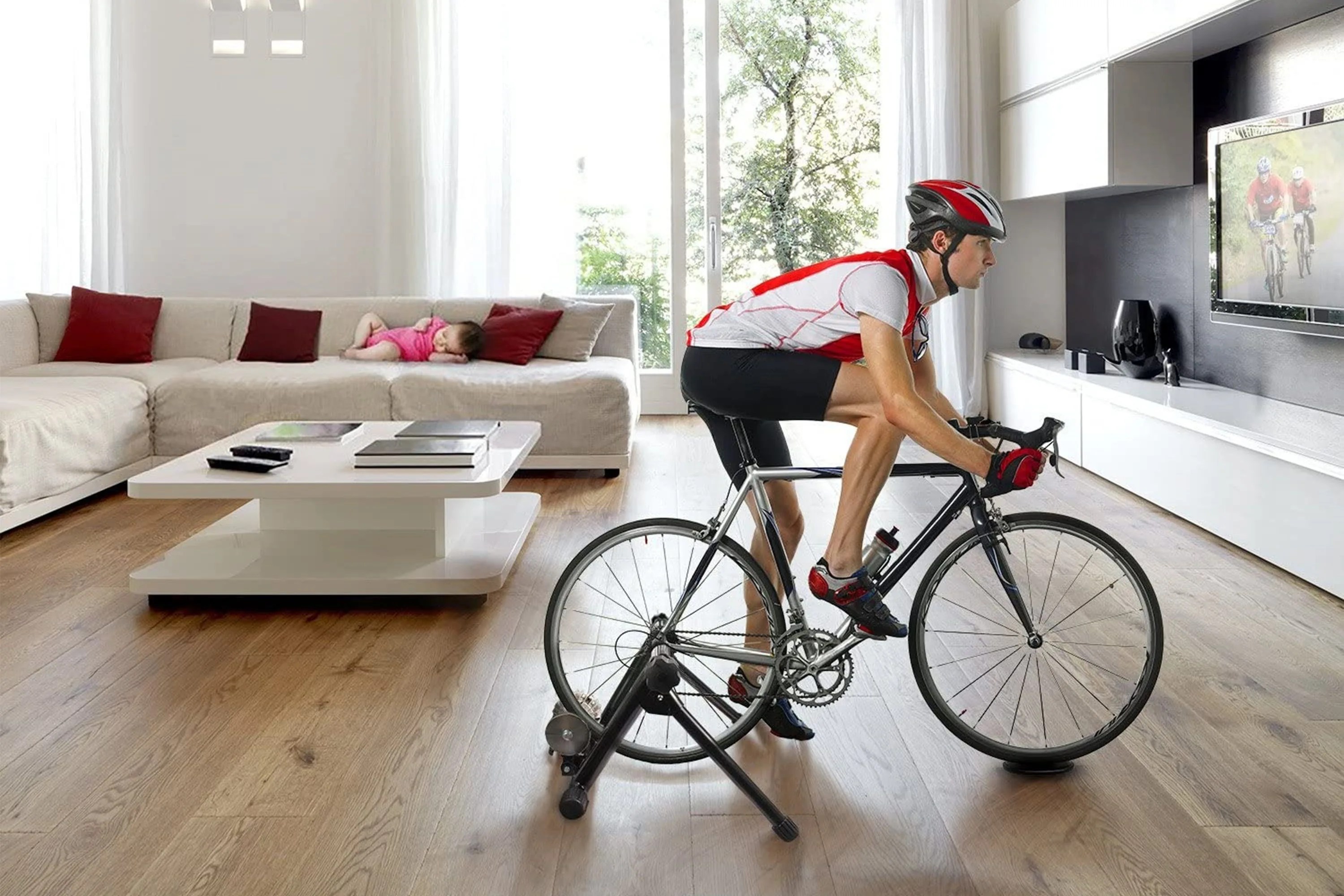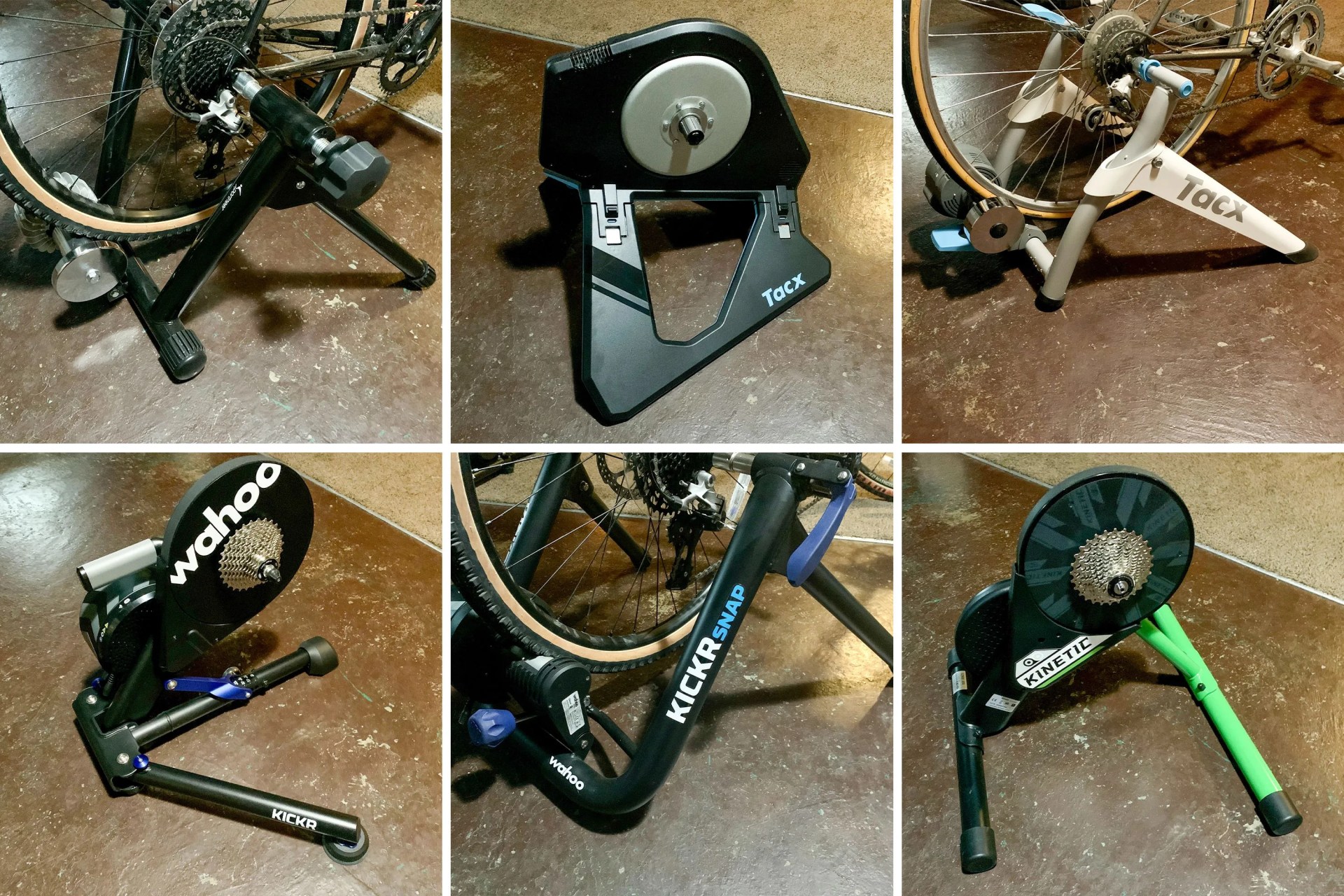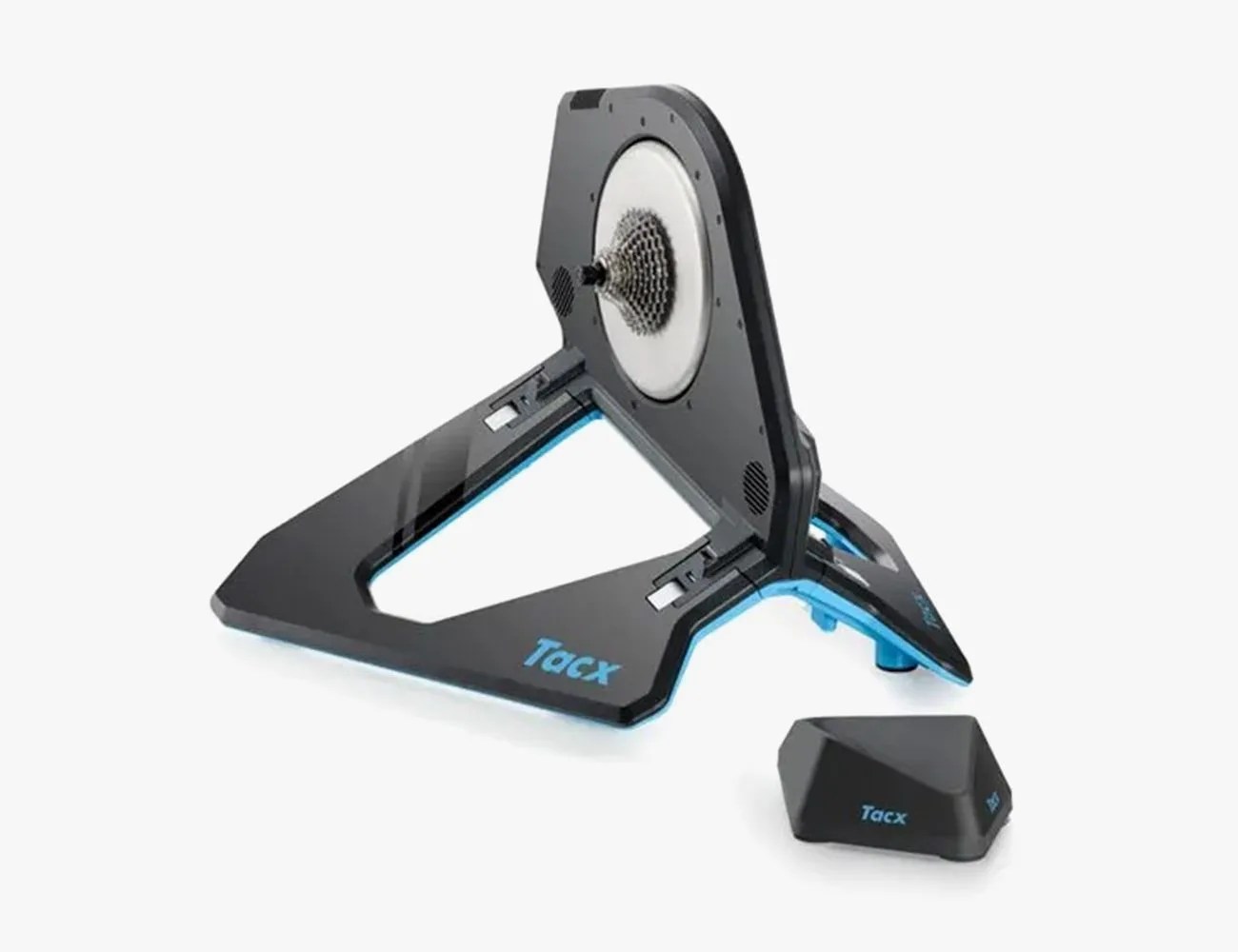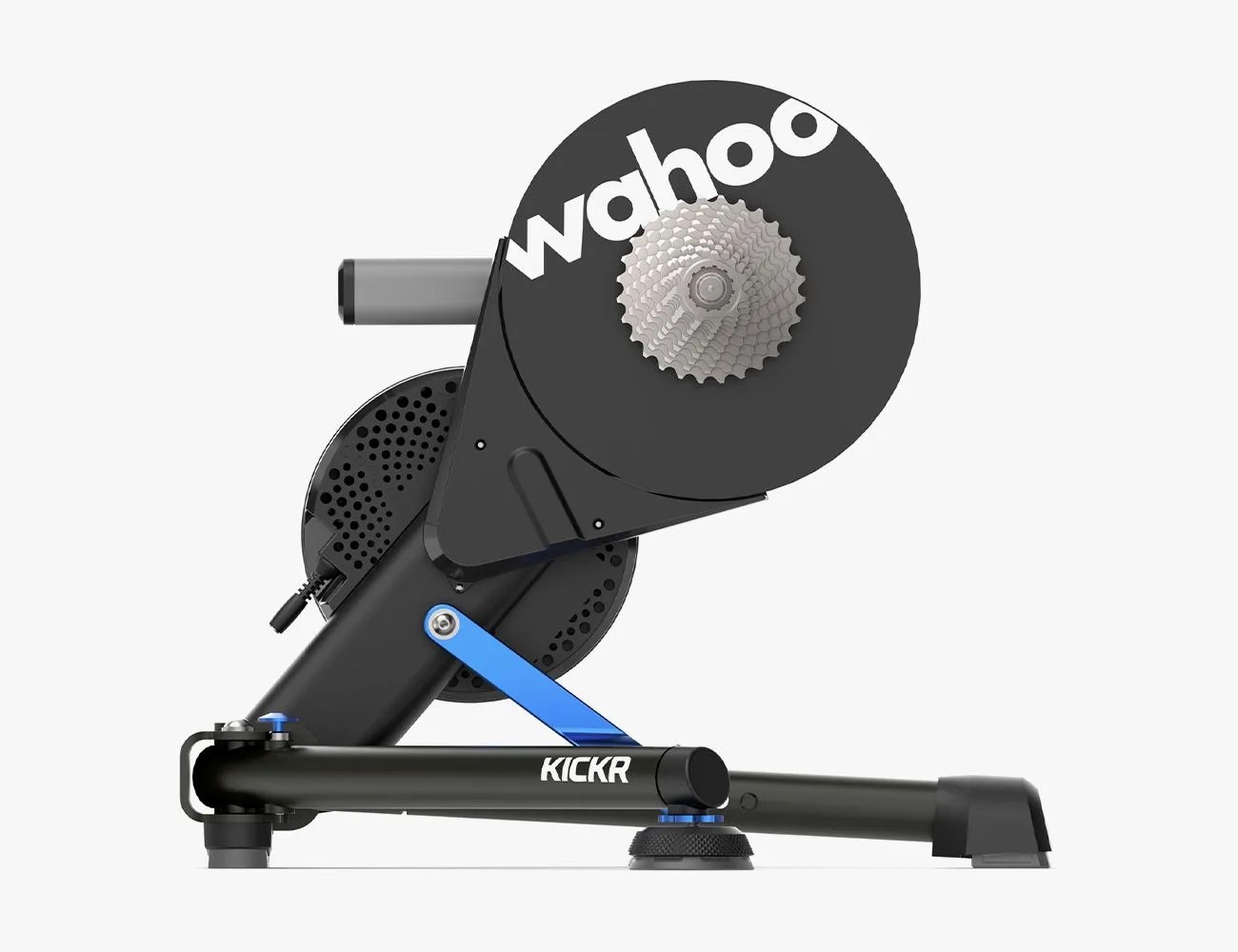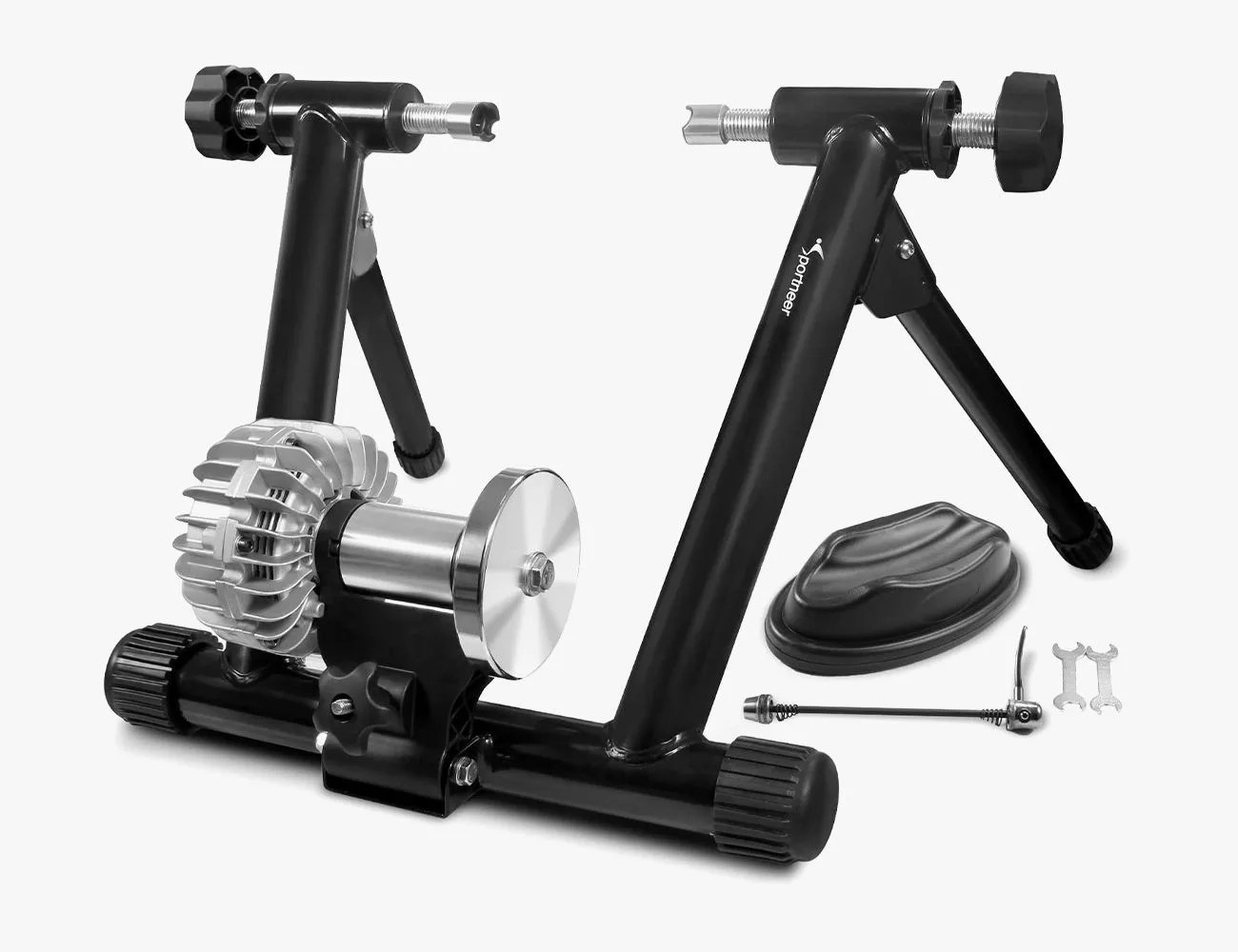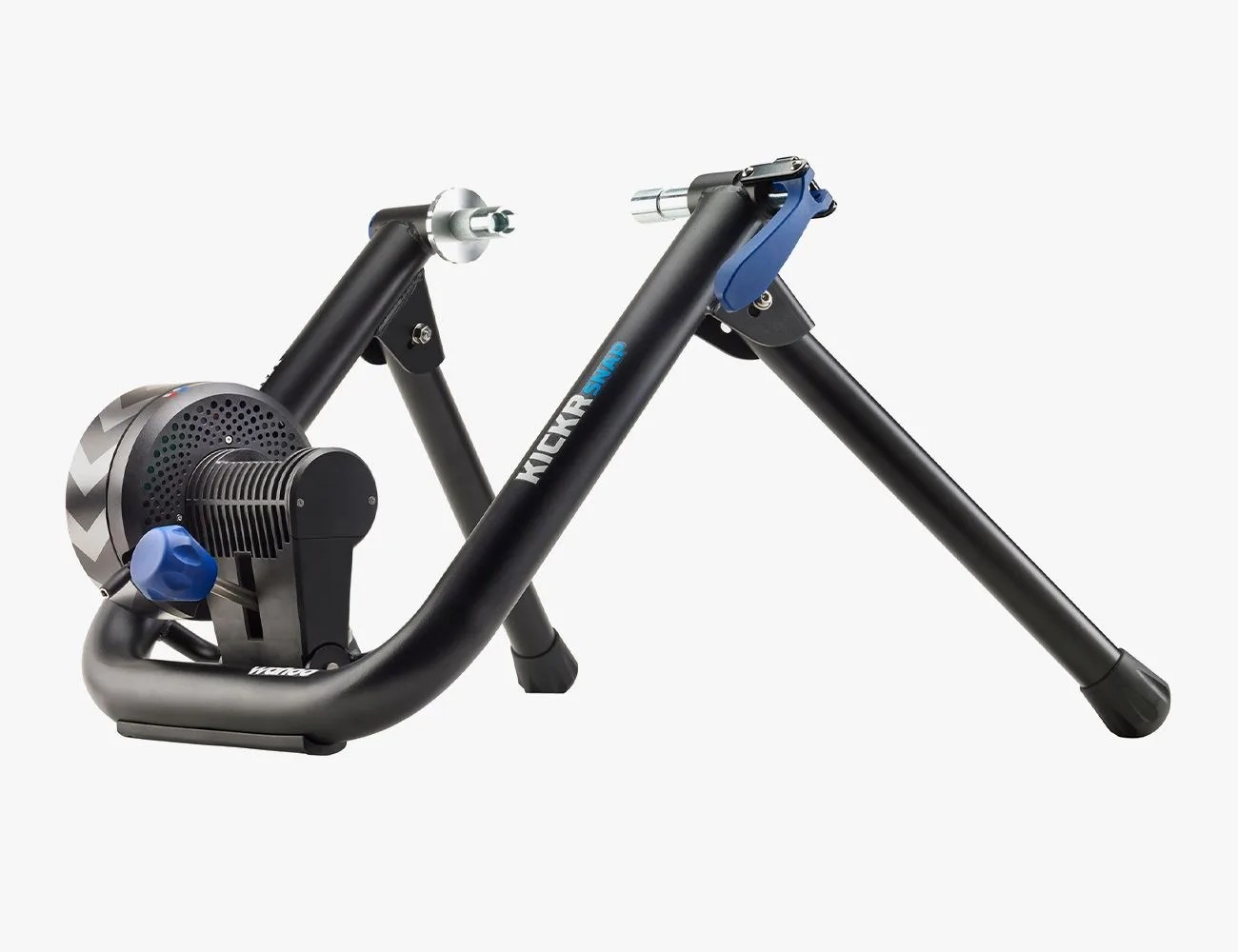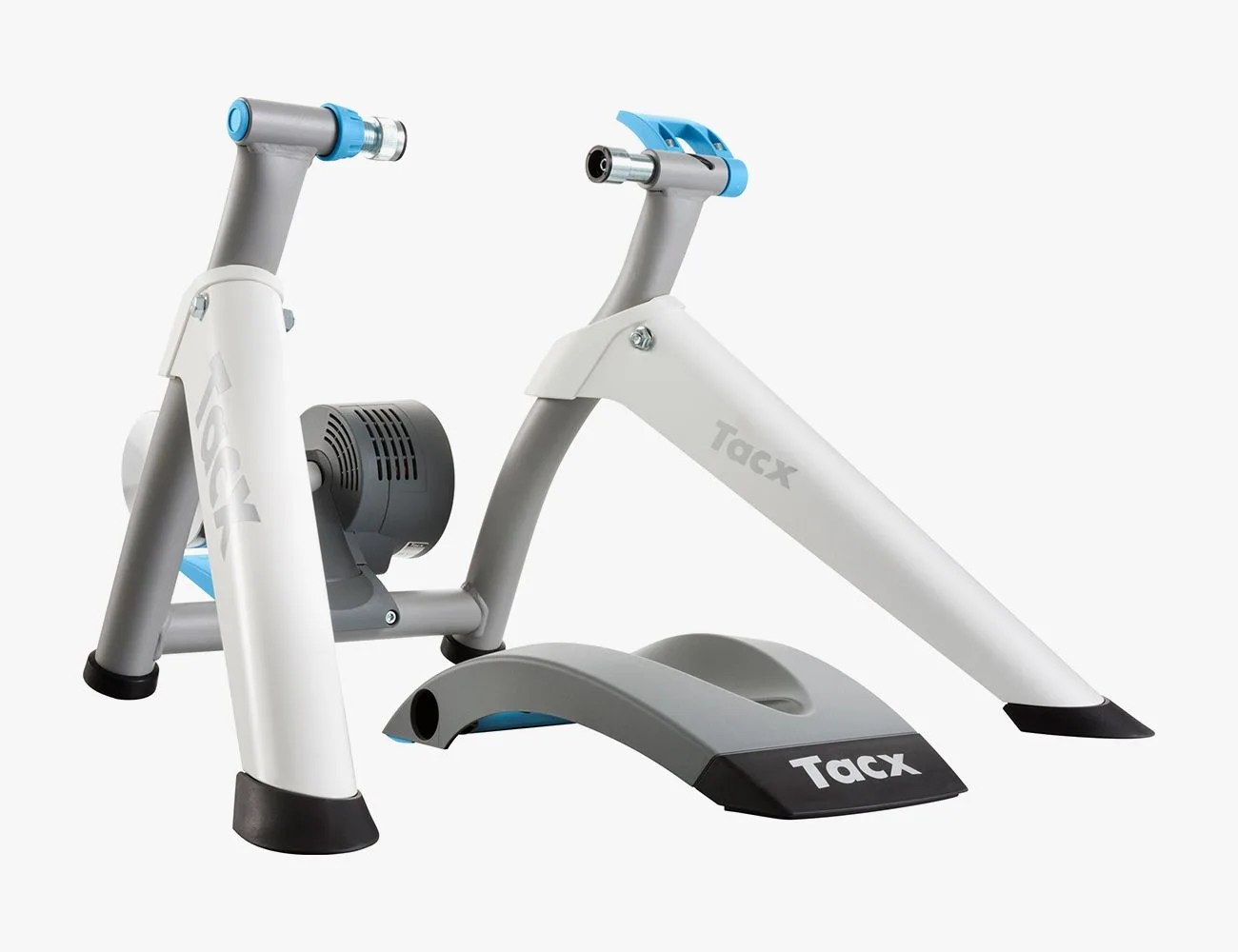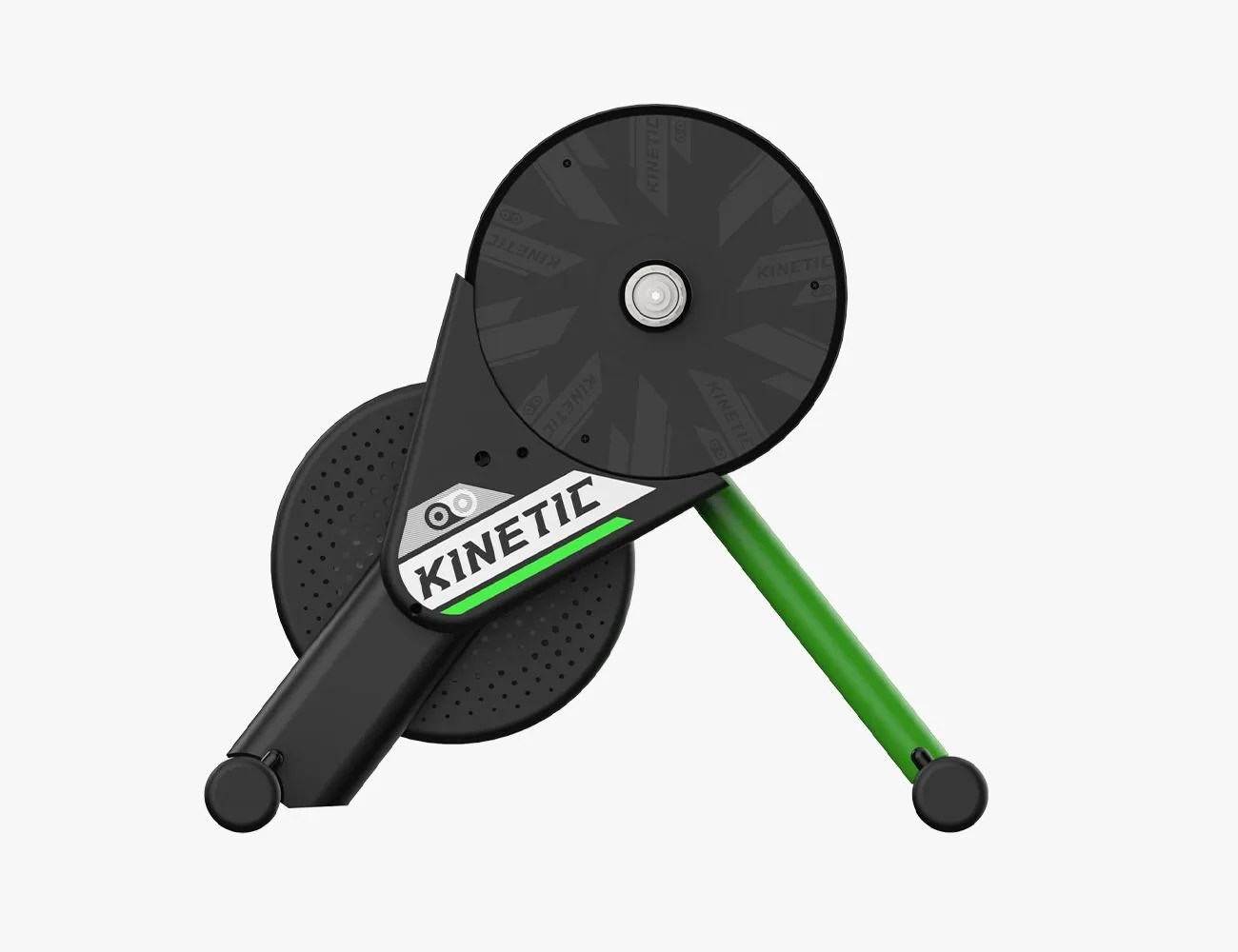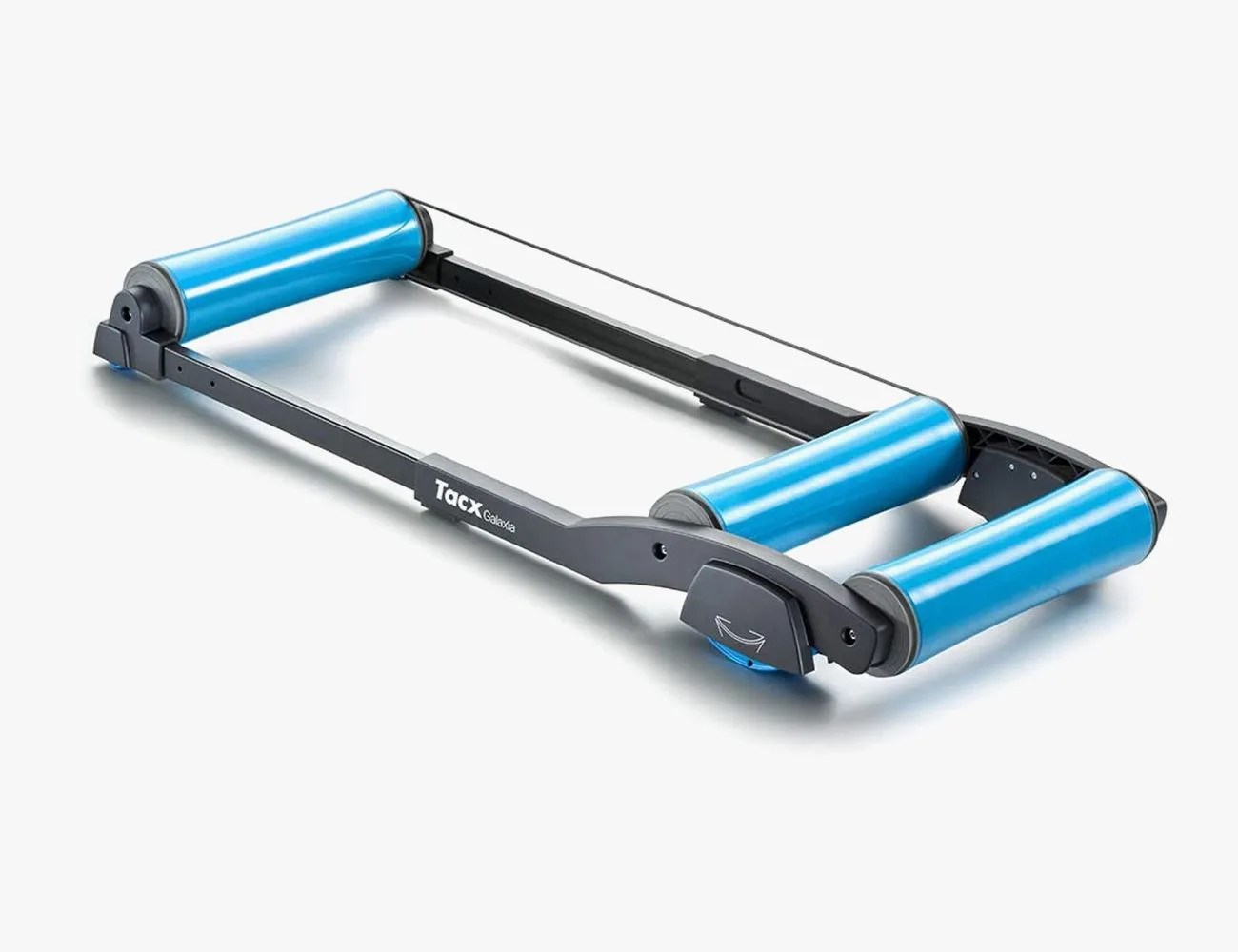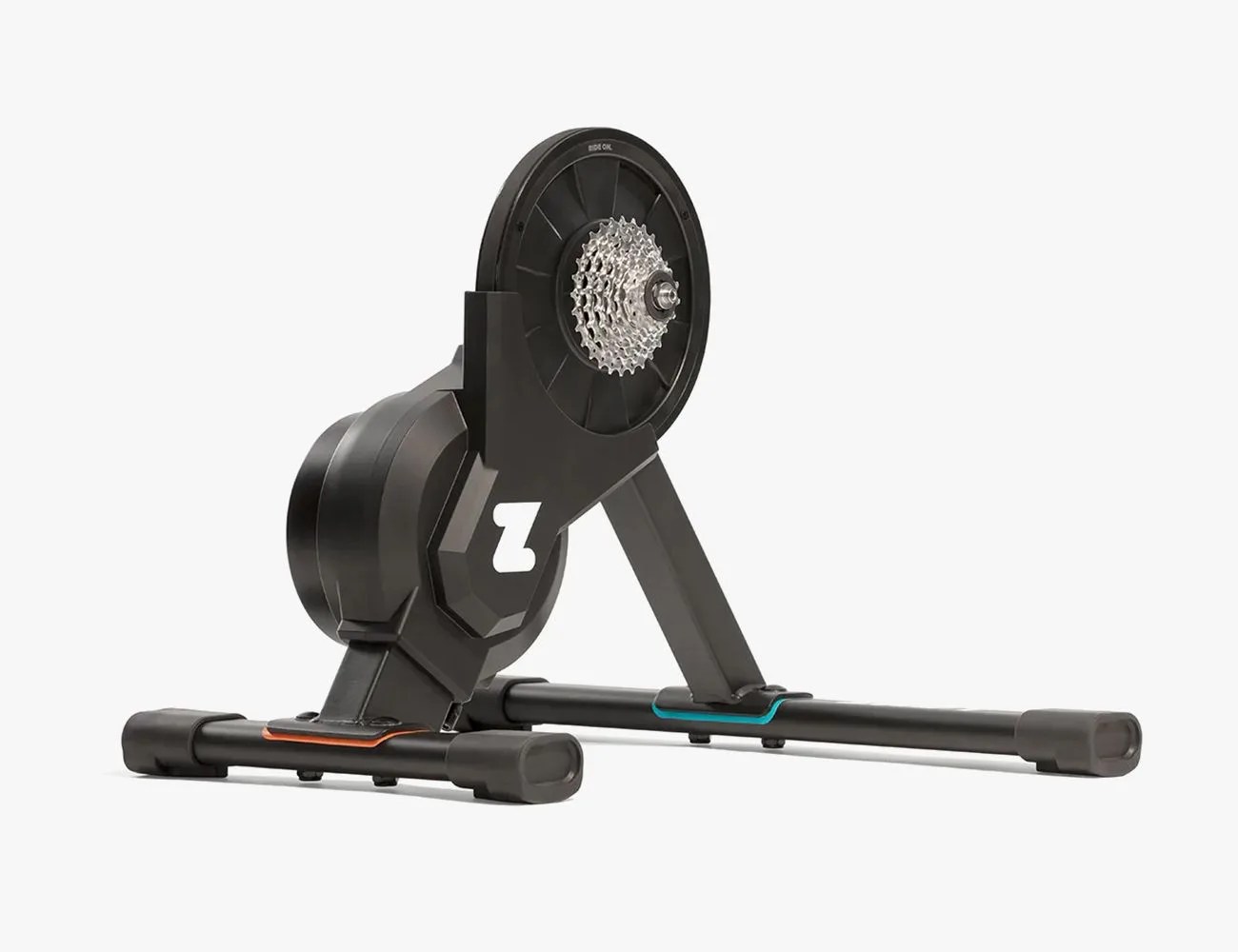Cycling can be a fun, effective way to explore the outdoors while also mixing in a hearty dose of cardiovascular training. Like other outdoor-minded activities, though, your progress and enthusiasm for hitting the road or trail depend greatly on the weather conditions. Think about it, would you rather explore your neighborhood or a new mountain under clear skies or slushy overcast?
To keep your training enjoyment from going into hibernation when the forecasts don’t align, you can partake in indoor cycling to get your fix, but “indoor cycling” doesn’t mean you need to spend a fortune on a dedicated indoor exercise bike to go along with your tried and trusted roadster. Thankfully, you can train from the same saddle you’ve grown to love with the help of an indoor bike trainer. These devices allow you to clip your normal road or mountain bike into set clips, providing resistance to your back tire that closely resembles that on-road vibe.
There are a number of indoor trainer styles to choose from, each with its own cassette full of perks and downfalls. Before we bomb into the best indoor bike trainers available today, it helps to understand these style differences, as well as a few key features to consider before making a purchase.
Products in the Guide
-
Garmin Tacx Neo 2T
BEST OVERALL INDOOR BIKE TRAINER
Read more -
Wahoo Fitness Kickr Smart Trainer
BEST UPGRADE INDOOR BIKE TRAINER
Read more -
Sportneer Fluid Indoor Bike Trainer
BEST BUDGET INDOOR BIKE TRAINER
Read more -
Wahoo Fitness Kickr Snap Smart Trainer
BEST INDOOR BIKE TRAINER FOR BEGINNERS
Read more -
Garmin Tacx Flow Trainer
BEST WHEEL-ON INDOOR BIKE TRAINER
Read more -
Kinetic RS Power Bike Trainer
BEST DIRECT DRIVE INDOOR BIKE TRAINER
Read more -
Garmin Tacx Galaxia
BEST ROLLER INDOOR BIKE TRAINER
Read more -
Zwift Hub
BEST SMART INDOOR BIKE TRAINER
Read more
The Different Types of Indoor Bike Trainers
Wheel-On Trainers
If you’re brand new to indoor cycling, this can be a great place to start. Wheel-on trainers, also known as magnetic or fluid trainers, easily attach to the rear wheel of your bike without any disassembly or major parts swapping. The resistance is achieved by pedaling across the back flywheel, either powered by magnets or fluids to achieve that on-road feel. If you do ride often, I’d consider swapping for a smooth road tire for these devices, as the constant friction between rubber and flywheel can leave your lugged wheels a little worn down. Also, it should be noted that those with thru-axle setups may need a conversion kit to achieve that locked-in feel. Thankfully, though, most wheel-on trainers come with this accessory.
Direct Drive Trainers
This style of indoor trainer removes the rear wheel and instead features its own cassette unit to achieve in-training resistance. While more expensive than the wheel-on options out there, these indoor trainers earn their respect from the more natural cycling experience. Plus, for mountain bike enthusiasts, you don’t run the risk of burning through your knobby tires. Connecting to these devices does require some basic knowledge of your setup, though (you need to know which gear cassette is right for your derailleur). Additionally, some might find the task of removing the rear wheel to be a bit of a mechanical challenge.
Rollers
Think of these as the treadmill of the indoor bike sector. Resembling a set frame with multiple pinwheels, these devices can be excellent for more experienced riders, or those aiming to target their balance and pedal strike in their circuits. There’s no locked-in feeling, so your security is entirely dependent on your stance and riding skills. Plus, starting and stopping atop these structures can be a bit of a learning curve. I’d recommend rollers only for those that are confident in their capabilities, as well as those that have ample floor space to house these bulkier silhouettes.
Smart Trainers
The term “smart trainer” refers to any indoor bike trainer that uses Bluetooth, ANT+, or WiFi to connect your training performance to a companion app or service to help you maintain set resistance levels or power output. These trainers can run off independent battery packs or plug into a wall, depending on the brand. The nice thing about smart trainers is that it takes the need for in-training changes out of the picture, allowing you to more easily focus on your progress and less on altering your resistance levels. Think of these as a set program you’d experience on a treadmill or exercise bike. There are both wheel-on and direct-drive smart trainers available, but most tend to come in the direct-drive option for easier resistance variances.
